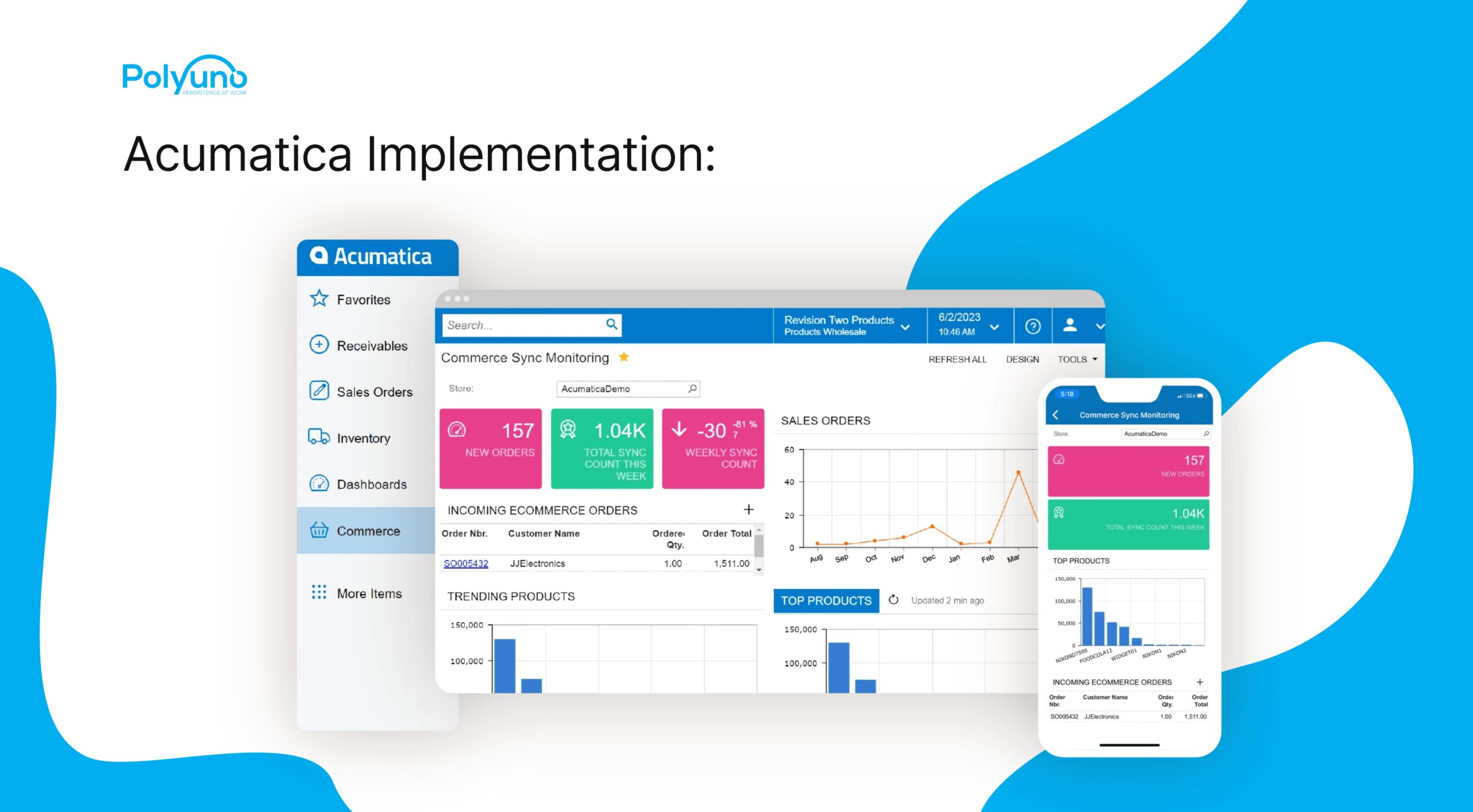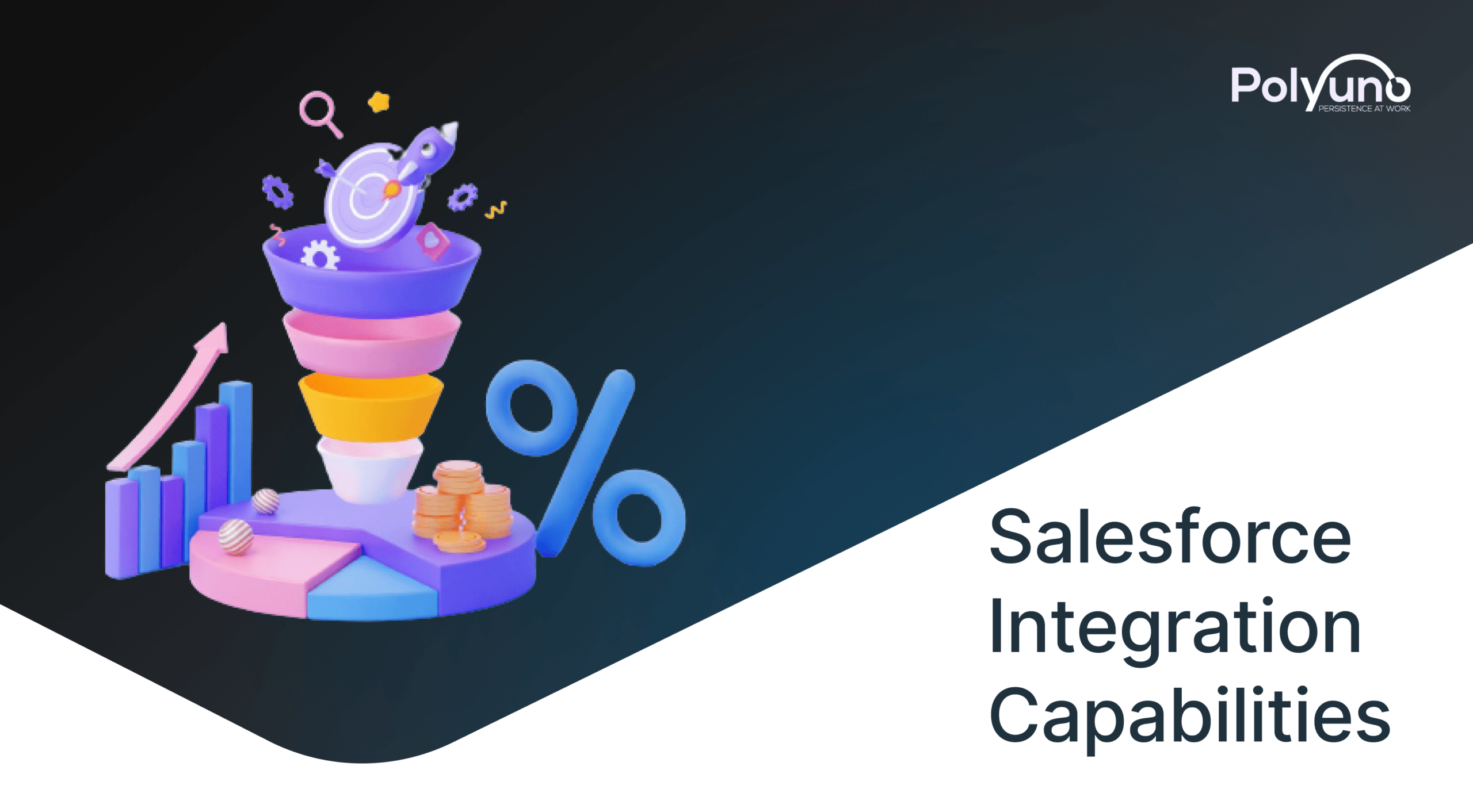Technology has imminently changed the dynamics and vision of how we, human beings, interact and behave today. But one of the most significant outcomes that have revolutionized how we look at the world is data. Entrepreneurs focus on this important competitive advantage tool to better understand their customers. And subsequently, delivering to their subconscious needs. But how do firms manipulate data to create this kind of value for these crucial stakeholders? Well, the answer is relatively simple. They harness the power of data-driven applications that deliver real-time information.
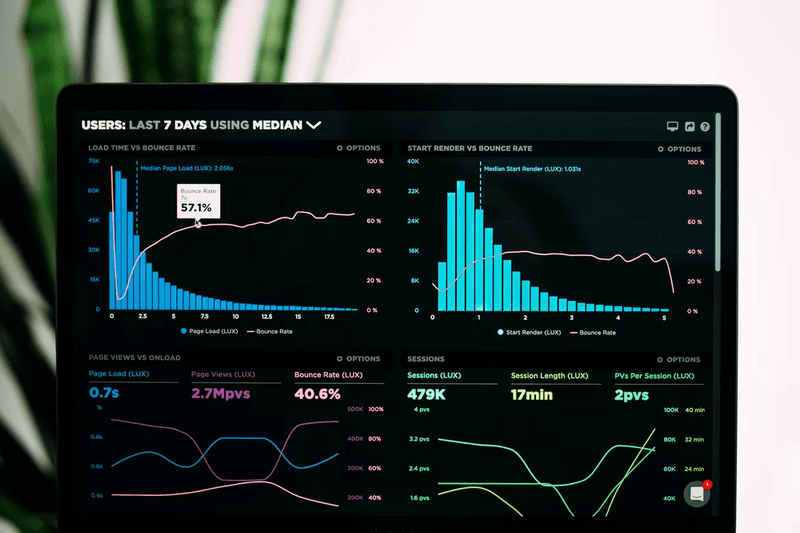
Through such applications, firms are setting new standards in the market. So what are data-driven applications? And how do you design one for your enterprise?
Table Of Contents
- What Are Data-Driven Applications?
- Characteristics Of Data-Driven Applications
- Do You Need Data-Driven Applications?
- Practices To Design Data-Driven Applications
- Summary
TLDR
- Data-Driven applications have completely changed the way businesses interact and deliver customer value. Data-driven companies have significantly brought the demands to customers instead of letting them ask for changes.
- Through machine learning and analytical abilities, data-driven apps recommend, assist and create a unique experience for individual customers.
- Therefore, businesses are growing a strong inclination towards digitalization within their organization and when placed upon customer interaction.
- Later on, the article summarizes some practices for designing data-driven apps and ends by drawing a short conclusion on the topic.
What Are Data-Driven Applications?
The core strength of data-driven apps is the visualization and manipulation of data. Unlike traditional applications, data-driven apps perform upon multi-versed sets of data. It can be spatial, sensor, documents, or transactional, practically any kind of data. The applications collect data in real-time from numerous sources, deriving unique value for the firm. Data-driven apps simplify the manual market research steps. It not only collects the proper data but provides access to quality data that can be altered and shared.

For instance, the applications might use Machine Learning to recommend customers while purchasing products. Or help detect frauds and identify misleading transactions. And it doesn't end here. The apps can target them specifically for promotional coupons and incentives through graph analytics that identifies community influencers. Or record delivery information such as the number of deliveries or items ordered repeatedly to provide specialized offers to specific customers.
These are just a few of the possibilities that data-driven apps bring. Sounds exciting? We bet it does.
Now, you might wonder how the apps are employed within the business operations. In most cases, they are simultaneously deployed on mobile devices, standard web browsers, and multiple other platforms. This means data-driven apps require a flexible, dependable, and scalable deployment stage. Data-driven apps must be constantly developed to suit user needs. Moreover, any updates and bug fixes must occur online as the apps have to be available.
Therefore, developers must leverage machine learning algorithms alongside exponentially growing sets of data processing as they build the apps.
But what are the main characteristics that define data-driven applications? Let’s take a quick glimpse.
Characteristics Of Data-Driven Applications
LinkedIn, Facebook are all user data-driven applications. Hence, it is evident that managers and organizations must go beyond the overwhelming chatter and master the data management network.
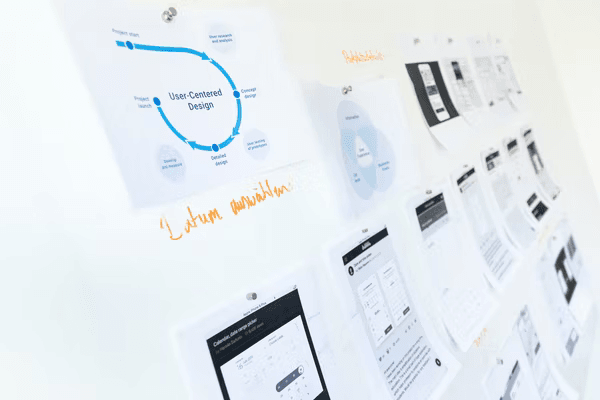
Consumers should be able to access, edit, update, analyze, and share their information seamlessly. The environment on the applications should be a safe and uniform space for consumers to use the apps comfortably. However, traditionally. Process-driven apps often place a burden on the business user. ERP systems and legacy CRMs expect the user to capture analytical information take decisions and actions. On the other hand, modern data-driven enterprise solutions predict and offer probable solutions to the customers. And this solution is based on relevant, reliable, insightful data and prescribes the best possible actions at that time.
Key Features:
Apart from delivering such value, data-driven applications may typically have the following traits:
- They automate business operations, bringing and driving opportunities that require high volumes of diversified data to be analyzed.
- The multichannel data sources typically are brought through data-as-a-service (DAAS) for both within the organization and externally.
- The information is accessible universally throughout the organization within one application. Ideally speaking, data-driven apps are the contextual reflection of out-of-the-box ideas that are backed by data. Such apps customize views accurately and on-time information depending on the role and purpose of the end-user. The information it provides is relevant and solid.
- They seamlessly merge analytical strength and operational activities. The analytic feedback and insights link to the specific business objectives’ execution.
- DDA automatically creates models, graphs, metadata, schema, models depending on the user behavior online. It collects data of the user searches, what information they ask about, and so forth to provide customized solutions. Hence, this modern data management approach takes the load off from IT departments and makes the workflow smoother. Therefore enterprise DDA brings forth reliable and objective data that can be quickly audited.
- The application constantly correlates data categories ( customers, products, etc.) and converges them into a 360-degree observation. Therefore, this segmentation can be identified from any perspective and gives a strong understanding. As a result, the decision-making process for businesses becomes less difficult.
- Since they support real-time activities, collaboration is simple. The applications are pretty flexible and scalable, so businesses gain internal leverage.
- Data-driven apps reveal business propositions for ROI by constantly measuring probable outcomes against metrics like cost savings, profitable customers, etc.
Do You Need Data-Driven Applications?
Despite the predominant benefits of data-driven applications, some firms are hesitant to step into this realm. So how do you determine if your business needs a transformation?

Let’s start with the basics.
Agility is a critical phenomenon that businesses need to survive today. But what do we mean by agile firms? In simplest terms, agility is
- the ability to identify your stance in the development stage
- understanding which is the position you want to move to next
- and subsequently making little but consistent progress in the desired direction.
Code or Data?
When you have the legacy, as an organization, to practice all the above steps, you know you have an agile approach in place. Today, applications are drowning in the massive volume of data. However, they must adapt to harness the data rather than letting it go overboard.

And this requires a quick call between two kinds of applications: 1. Code driven. 2. Data-Driven
Code-driven apps, primarily open-source code ones, are capable of directly dealing with the data deluge. According to this approach, new codes must be written every time a data source or app requirement is updated. Or an open-source component is used to deal with the change. Unfortunately, since the app hadn't been designed for multiple integrations of open-source models, the entire system crashed. The result is a nightmare.
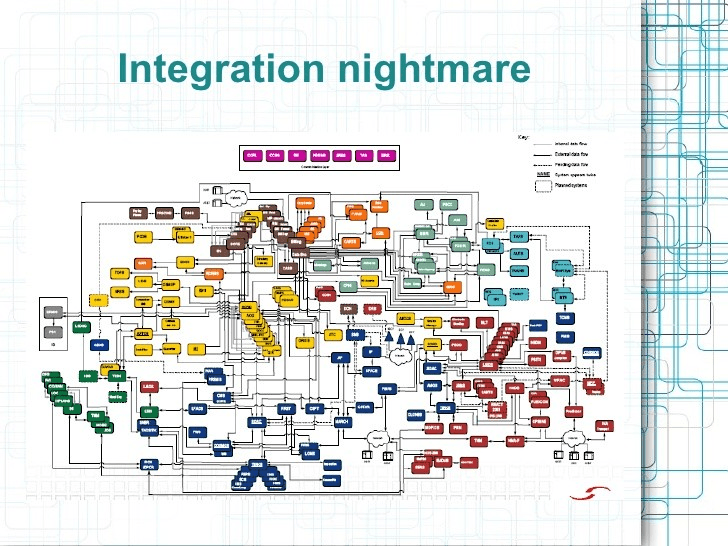
On the other hand, data-driven applications consist of the complete database minimally. As a result, it lets you maintain organizational coherence without needing continuous deployment or millions of complex open-source code.
Thus, you end up with better quality applications at a lower expense and great returns from happy customers. It shuts any annoying chatter or grapevine internally because all your employees/ stakeholders are instead focused on productive insights.
Data-driven apps are usually built with a formal data model, which later leverages SQL for separating data from code. The approach here is to think before modeling the data and then writing the code. Then, when the board members need immediate evidence and valuation of results, data-driven apps like Apex and Excel come to the rescue.
For modern firms, agility is a pivotal characteristic. And data-driven applications lay the foundation for incorporating this strategy.
So, Should You Adopt Agility?
The real question is whether or not your business operations will improve with the agile approach. In all honesty, businesses benefit from data-driven applications because it establishes a strong pattern between operational and business strategies. Thus, customers identify and participate in growing trends quickly. Web-based data-driven applications construct the backbone of the digitalization of firms. It bridges the gap between the perception of leaders and the reality of the situation. Again, other more user-oriented, exploratory, and interactive apps serve to fulfill customer satisfaction.
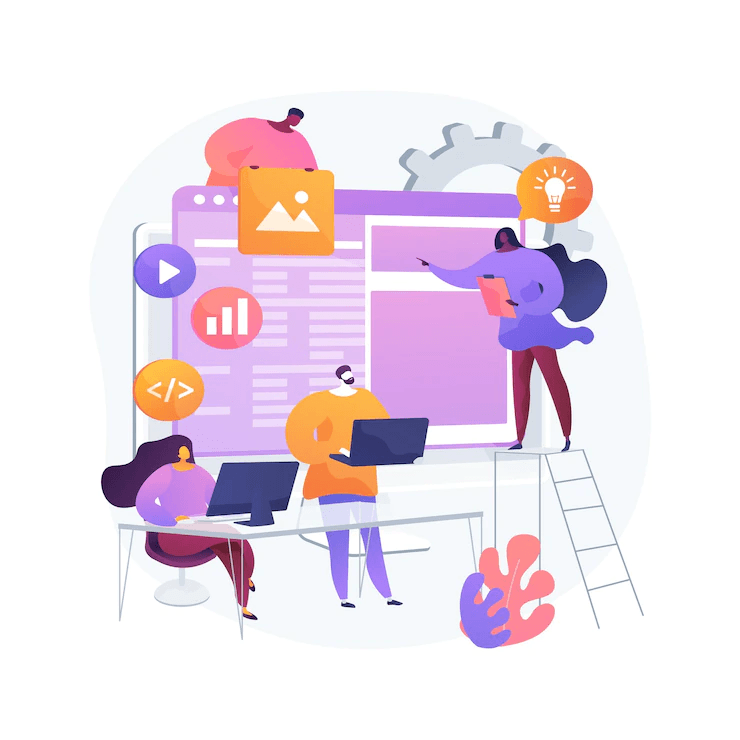
In a nutshell, the ability to create distinctive value quickly is an excellent competitive strength. If your businesses are increasingly customer-focused, if your strategic mission is to ensure customer-based profits, data-driven applications are meant for you. An appropriate illustration can be food delivery apps or ride-sharing services like Uber. Netflix itself makes an excellent example of the kind of businesses that have successfully set high standards. Starbucks and Google have also gained a reputation for their distinctive services by implementing data-driven technologies.
Henceforth, data-driven apps significantly boost business value. It drives noteworthy experiences for customers makes the process faster and more efficient. Not to forget, it results in faster customer acquisition, easier retention, and brings insightful analytics.
If your business is looking to cope with the constantly changing resonance of the industry, data-driven applications are the easiest way to beat the growing challenges.
Practices To Design Data-Driven Applications
Data-driven apps are one of the largest growth machines for the global software market. Experts suggest that the intelligent computing industry will eventually result in a $48 billion market.

With such massive inclusion of data-driven apps, it is common to think that the makers and marketers are aware of the “right call” to design the rightful experience. However, this is far from the truth.
Designing compelling experiences is a unique art. And very few existing apps can deliver worthwhile ones to customers. So here are a few tips that you as a firm should note before you start digitizing in full-flow.
1. Identify And Acknowledge How Data Affects Customer Journey
Unlike the traditional times, the modern era has gifted customers a choice of information. And they are no longer behind the barriers of ignorance. Today, customers know their rights, preferences, and evaluation information when making purchase decisions. But don't worry, you can use this change in customer behavior to your advantage.
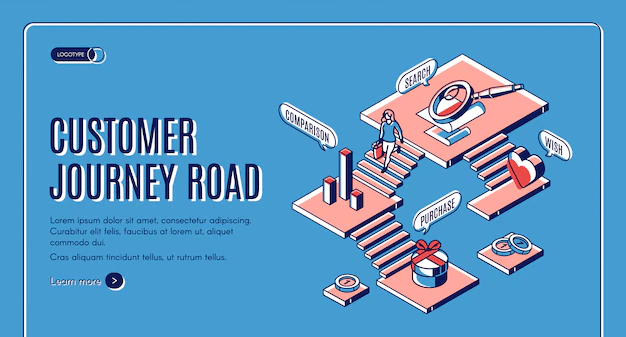
Designing the application should focus on three key aspects: informing relevant content to the customers connecting and motivating them. Therefore, the data-driven application must promote responsiveness and engagement. It should focus on personalization and portability to drive data results that customers want. The priority is understanding the customer journey thoroughly. Henceforth, enabling them to create a digital persona, a visual representation of their past approaches. Your application design should be based to reflect their perceptions but seamlessly.
2. Big Data Last Mile & The 4S Approach
The last mile regarding Big Data is essentially the accumulation of customer opinions and actions. Therefore, designers need to understand the tools and strategies that break Big Data into smaller fragments that help achieve customers' specific needs. The main recommendations here include aspects like the future of big and small data. The main idea here is that breaking the Big Data into smaller fragments helps solve specific tasks.

Design intelligent, social, responsive, and simple apps. By checking these four criteria, your app is straightforward and can perform specific roles. Moreover, the DDAs are built to securely deliver value on multi-channels and leave no space for complaints. Additionally, ensure that the data you generate is effectively employed in the decision-making process.
3. Mandatory Concern: Scalability
Since it is impossible to quantify the data, scalability is a must-have attribute. Primarily, applications should deliver on larger scales to keep up with the growing data volume and velocity. In addition, firms should adopt a customer-centric perspective beyond Big Data and primarily enhance value growth.

But that's not all. Designers must selectively empower data-driven applications with comprehensive visual components. Indeed, UX/UI designs are critical in building viable customer experiences.
Summary
While the story has spanned its yards over personalized portals to portable devices, data-driven apps have established an era for businesses. They are embedded in our daily lives now, and businesses have significant ground to kickstart growth if they can get this one aspect right.
But the million-dollar question here is: How do you get it right? How do you build and design an application that thrives on data and self-regulates to generate opportunities for you? We say, leave that to us! Our motto is to let your stress take a break with the best team of experts. As one of the top-ranked web and application development companies, PolyUno has completed over 200 projects since its launch.
Our motto is simple: predict, adapt, innovate and focus on the client's future through whatever issue they face. And with a dedicated project management approach that is affordable and timely, your customized application is in safe hands. All you have to do is walk the process with us once, and we will act as the constant support to your needs.
Just like the optimum data-driven application, we are customer-obsessed. We would simply love to listen to your vision of a data-driven application even if nothing else. Book a call to jumpstart your businesses’ digital transformation with PolyUno today!


